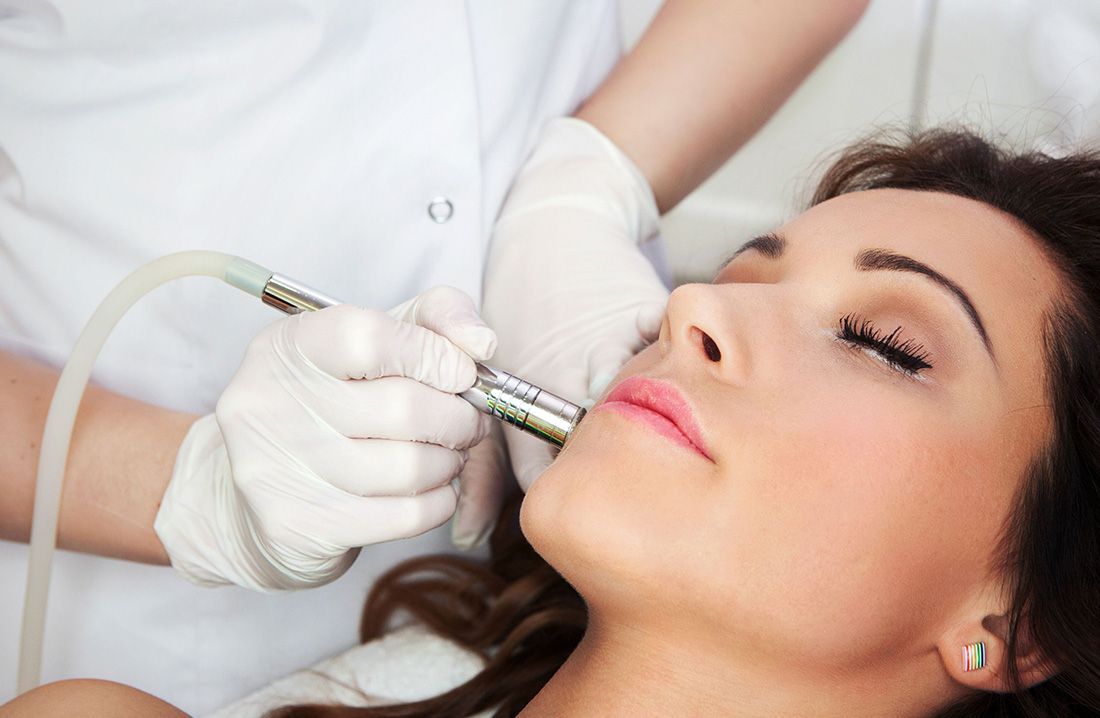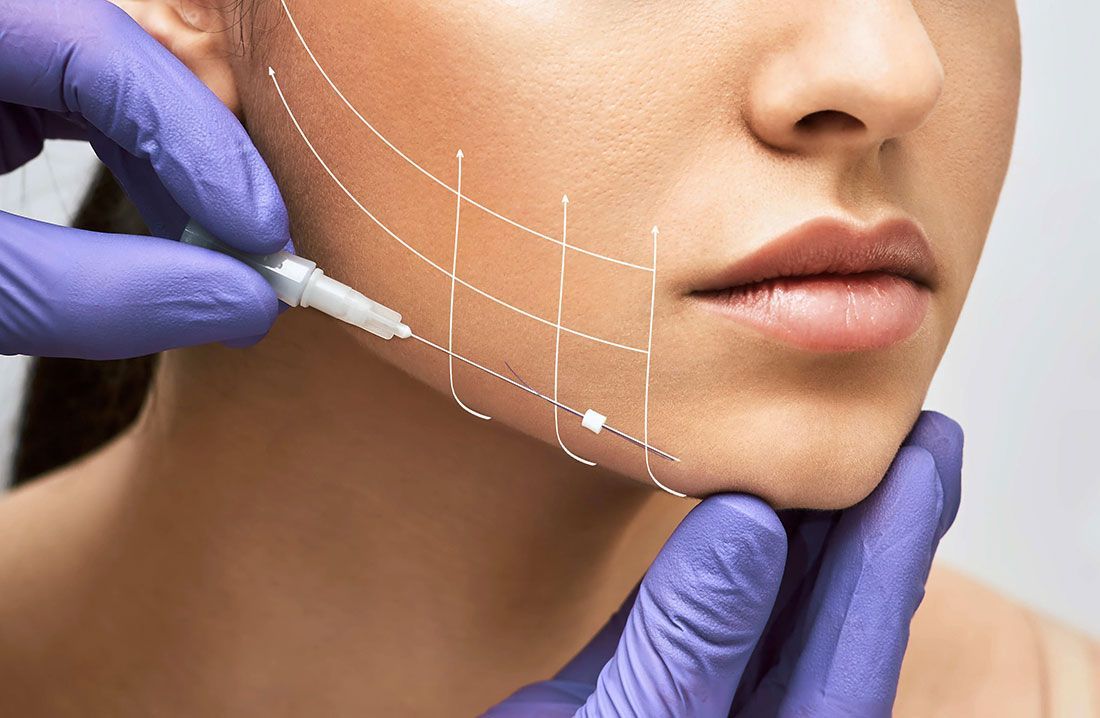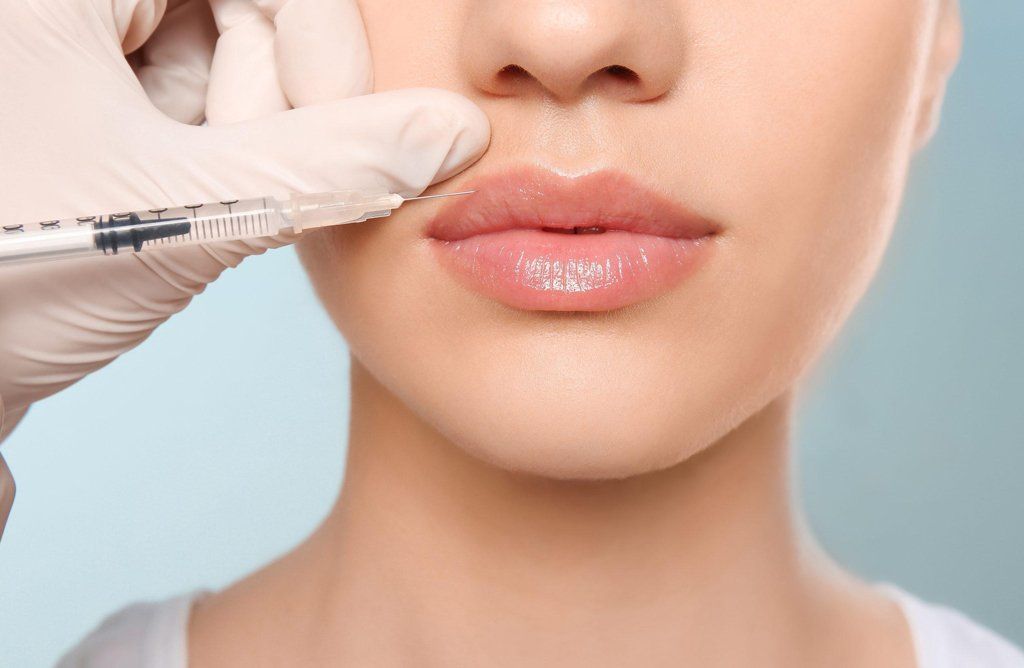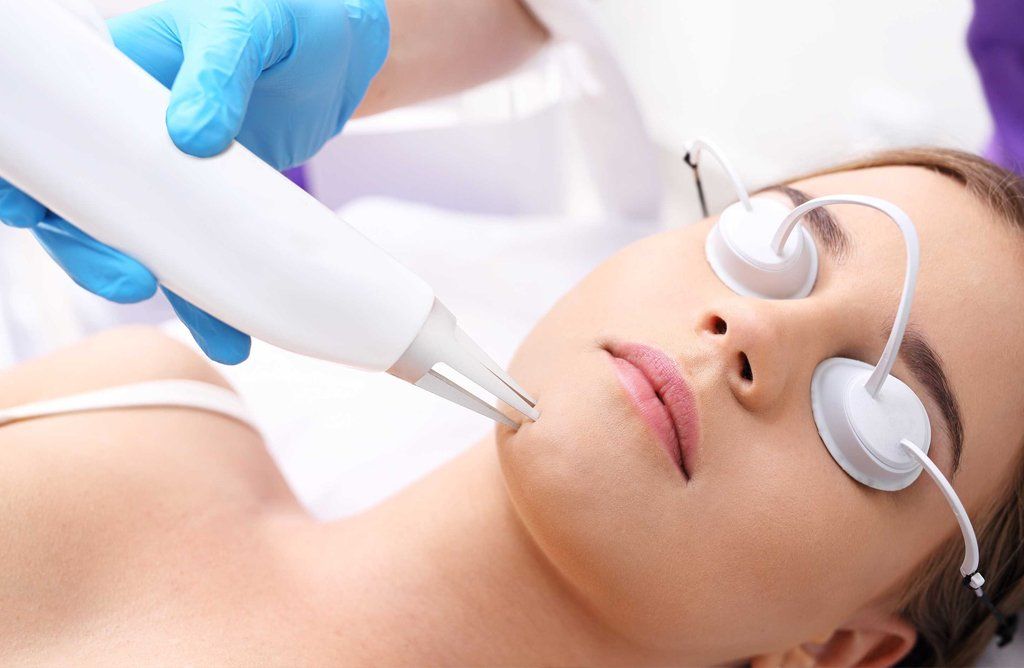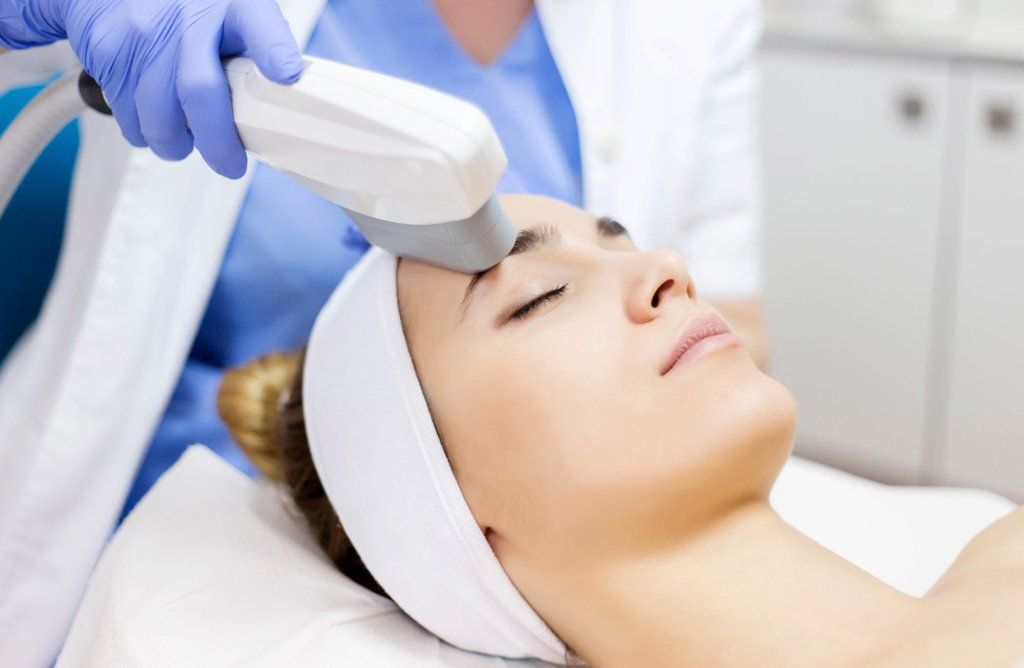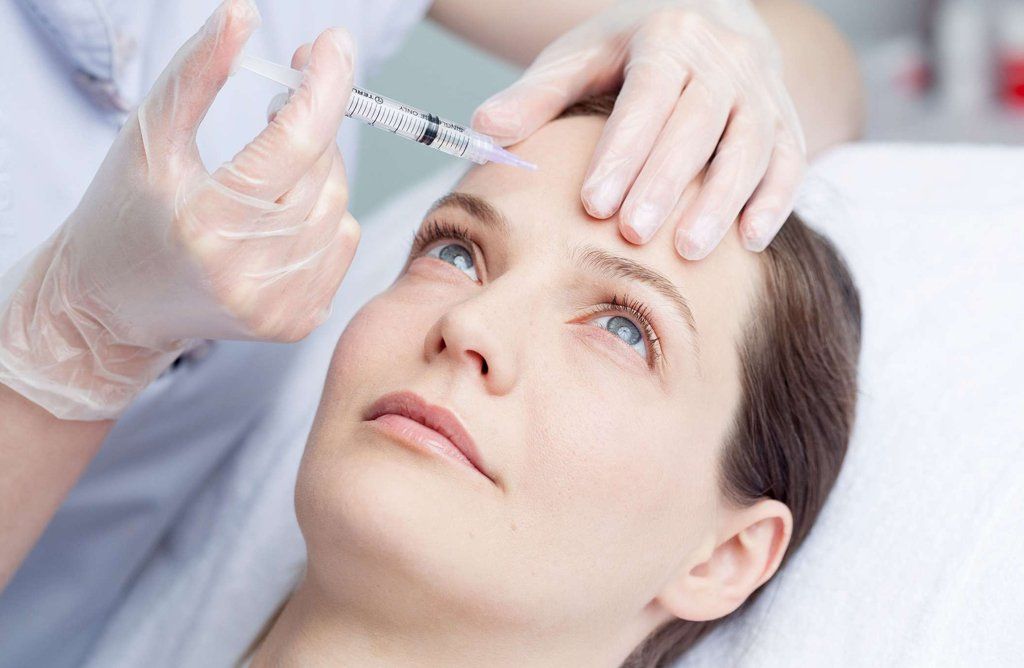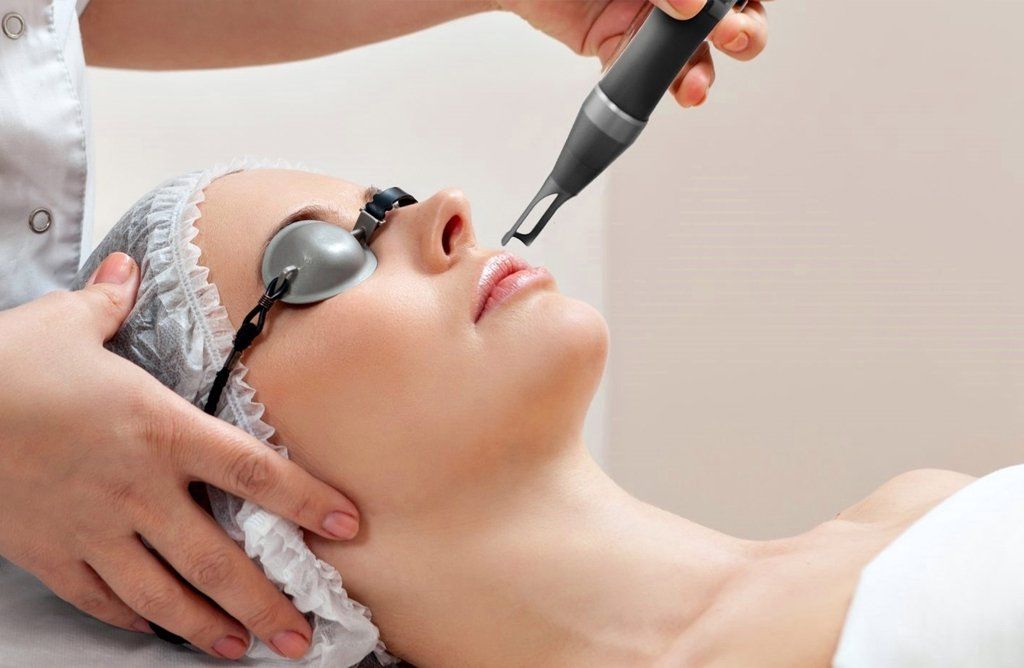
How do Laser Facials Work?
In layman's terms, a laser facial treatment commonly referred to as laser resurfacing is a procedure that uses laser beams to tackle rough skin, wrinkles, acne, and pigmentation. In recent times, it is also seen as a perfect way to deal with cancerous and non-cancerous lesions while tightening the skin in the process. According to experts at the best med spa in Scottsdale, a laser facial treatment can be done alone or combined with cosmetic surgery, depending on the needs of the individual. Following are some of the common steps of how this form of treatment works.
- The first step is preparing the skin with a series of treatments using ointments and medication. The reason for doing this step is to make the skin more tolerant towards the laser while reducing the chances of post-treatment side effects.
- The following precautionary measure that is opted by doctors is using an anesthetic, sedative, or pain killers depending on the area of skin that is being treated.
- Prior to the treatment, a thorough cleansing is done to cleanse the skin of the excess dirt, oil, and bacteria.
- To avoid complications, the doctors will dress and, if necessary, bandage the treated area after the treatment.

The Laser Treatment Subtypes
At present, there are two different subtypes of laser treatment that are opted by experts: ablative and non-ablative lasers.
1. Ablative Laser (CoolPeel® Tetra CO2)
The first and most widely used laser treatment type is the ablative laser treatment, where the laser vaporizes the top damaged layer of the skin, commonly referred to as the epidermis. Here, either carbon dioxide (CO2) or erbium lasers are used to create a uniform injury to the skin using short pulsed light energy. In most cases, this form of treatment has been suggested for removing benign and malignant skin conditions such as warts, birthmarks, rhinophyma, etc.
2. Non-Ablative Lasers (ResurFX™)
The next sub-type of lasers used for laser facials in Scottsdale is the non-ablative lasers. In this case, the laser beam penetrates the skin without damaging the top layer or epidermis. Some even refer to it as fractional CO2 laser resurfacing. Here, narrow columns of light penetrate the skin without injuring the surrounding tissue. However, the deep penetration often increases the healing time and sometimes may result in complications if post-treatment care is not taken correctly.
Conclusion
For ages, people from every corner of the world have been trying to deal with acne, pigmentation, and other skin conditions. With the development of laser facial treatment, relief is just a snap away. However, it is always best to consult a dermatologist or surgeon before coming to a conclusion.


